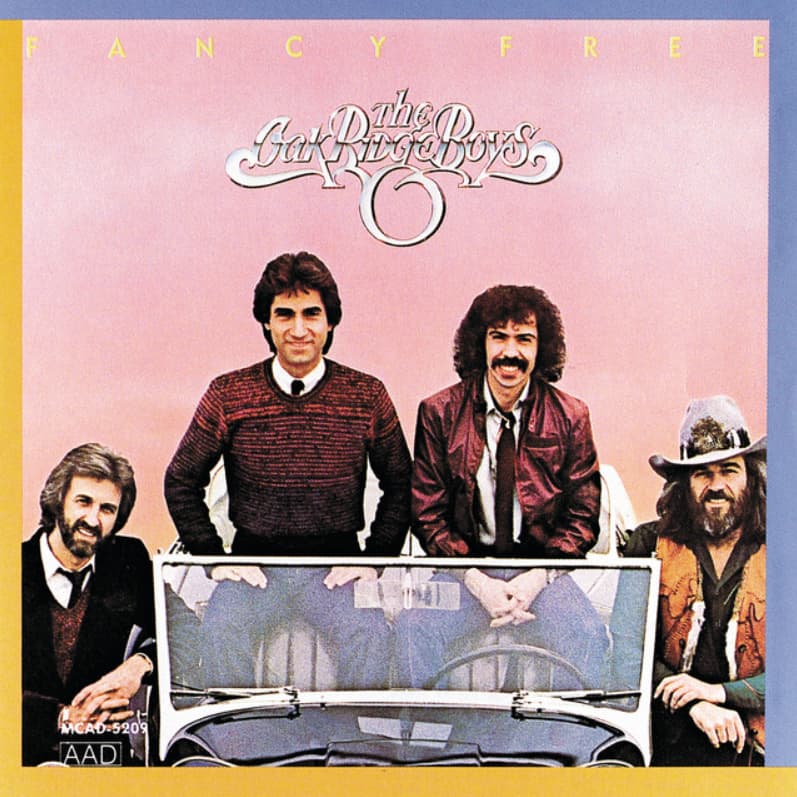
Elvira: A Timeless Tale of Love and the Power of a Simple Chorus
There are certain songs that, the moment you hear the first few notes, instantly transport you back in time. They’re woven into the fabric of our memories, soundtracks to road trips, late-night dances, and carefree summer days. “Elvira” by The Oak Ridge Boys is undoubtedly one of those songs. It’s more than just a hit; it’s a cultural touchstone, a perfect blend of country charm, gospel harmonies, and a hook that is utterly impossible to forget.
Released in 1981, a year that saw the rise of MTV and a shift toward pop and rock, The Oak Ridge Boys‘ country-gospel anthem did more than just hold its own. It became an absolute sensation. It soared to the top of multiple charts, a testament to its widespread appeal. On the Billboard Hot Country Singles chart, it spent a remarkable three weeks at the number one spot, solidifying its place as a definitive country hit. But its success wasn’t limited to the country genre. “Elvira” also crossed over to the mainstream, peaking at number five on the Billboard Hot 100 and reaching number one on the Adult Contemporary chart. This crossover success was a rare and powerful achievement for a country song at the time, demonstrating how its infectious energy resonated with listeners from all walks of life. The song was a cornerstone of their album, “Fancy Free,” which was also released in 1981, and it propelled the album to multi-platinum status.
The story behind the song is as charming as the tune itself. Written by Dallas Frazier, “Elvira” was first recorded in 1966, but it didn’t find its true home until The Oak Ridge Boys got their hands on it. The song’s simple, almost nonsensical lyrics—”Giddy up, ba-oom pa-pa-oom pa-pa-oom pa-pa-aow”—are its secret weapon. This isn’t a complex narrative with deep layers of meaning; it’s a celebration of love, a simple profession of affection for a woman named Elvira. The song’s power lies not in its lyrical complexity but in its undeniable joy and the unforgettable refrain. It’s a song about the kind of love that makes you want to get up and dance, a love so pure and exhilarating that words fail, and you’re left with an exuberant, rhythmic declaration. The meaning of the song, in its simplest form, is a declaration of love so profound it’s expressed through a joyful, almost primal, chant.
For many of us who came of age in that era, the sound of “Elvira” evokes a vivid sensory experience. You can almost feel the warm summer air, the dusty dance floors, and the sense of community that the song’s powerful harmonies created. The Oak Ridge Boys—Duane Allen, Joe Bonsall, William Lee Golden, and Richard Sterban—were masters of harmony, and their voices, particularly Sterban’s unforgettable low bass line on the “oom-papa-oom-papa-mow-mow” part, were a perfect match for the song’s a cappella breakdown. This section, a moment of pure vocal talent and infectious rhythm, is perhaps the most memorable part of the entire song. It became a sing-along moment at every concert, every party, every family gathering where the song played.
More than forty years later, “Elvira” still holds its power. It’s a reminder of a time when music didn’t have to be complicated to be meaningful, when a catchy chorus and some killer harmonies were all it took to create a classic. It’s a song that speaks to the simple, enduring truths of love and happiness, a musical time capsule that continues to bring a smile to our faces and a spring to our step. It’s a nostalgic journey back to a time of innocence and pure, unadulterated musical joy.